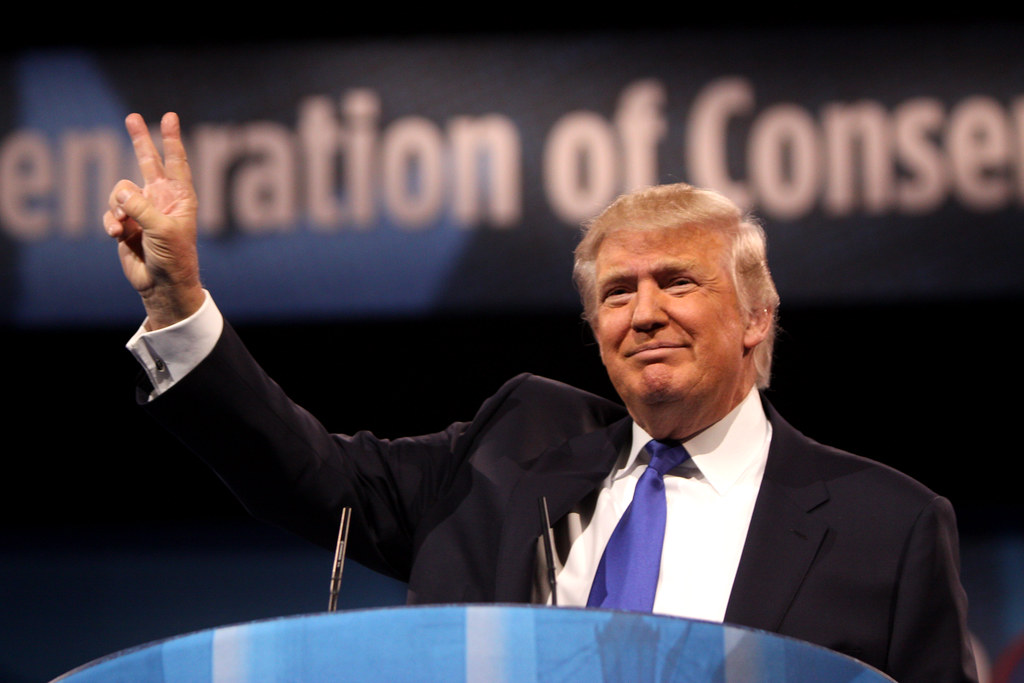Amidst the chaos that surrounded the Covid-19 pandemic, one man stood at the forefront, making strategic moves that would shape the United States’ response. President Donald Trump’s actions drew a range of reactions, from ardent support to fervent scrutiny. In this article, we will delve into the neutral analysis of Trump’s strategic decisions in tackling the unprecedented challenges posed by the virus.
A Startling Scene
Imagine a hushed White House briefing room, filled with reporters eagerly awaiting the President’s address. President Trump strides in, brimming with confidence, ready to unveil his latest plan to combat the relentless Covid. The room buzzes with anticipation as uncertainty hangs in the air. In the following paragraphs, we will examine several key subtopics that shaped Trump’s response to the pandemic.
Public Communication
Trump’s communication style during the pandemic became a subject of intense interest. His unfiltered and often polarizing remarks raised concerns among many, while others praised his directness and tendency to bypass conventional political rhetoric. Supporters viewed his transparency as refreshing, appreciating the President’s efforts to keep the public informed. Detractors, however, criticized his occasional missteps and unsubstantiated claims, claiming they eroded public trust.
Economic Stimulus
Recognizing the significant impact of the pandemic on the economy, Trump swiftly implemented measures to provide relief. Through the Coronavirus Aid, Relief, and Economic Security (CARES) Act, he introduced financial assistance to businesses, individuals, and healthcare providers, aiming to mitigate the economic repercussions of lockdowns and ensure stability in the face of widespread shutdowns.
Vaccine Development
With the urgent global need for a vaccine, Trump initiated Operation Warp Speed, an unprecedented effort to expedite the development, manufacturing, and distribution of Covid-19 vaccines. This strategic move aimed to harness the collective power of government institutions, private companies, and international cooperation to fast-track potential solutions.
Travel Restrictions
Trump’s decision to implement travel restrictions from China and later from Europe and other heavily affected regions was met with both praise and criticism. Some argue that these restrictions helped slow the spread of the virus and bought the healthcare system valuable time to prepare. Others assert that these measures were implemented too late, potentially allowing the virus to already be circulating within American borders.
Federal-State Collaboration
Navigating the pandemic necessitated close coordination between the federal government and individual states. Trump’s approach consisted of empowering states with decision-making autonomy. Through initiatives such as the distribution of resources and guidance, the President aimed to ensure that states had the necessary support to tackle the challenges posed by the virus on a localized level.
In closing
In analyzing Trump’s strategic moves in the fight against Covid-19, it becomes evident that this multifaceted crisis required quick and dynamic decision-making. While certain aspects of the President’s response garnered widespread support, others faced valid criticisms. The fight against Covid-19 witnessed the utilization of a combination of measures that aimed to protect public health, stabilize the economy, and hasten vaccine development. The true implications of Trump’s actions will unfold in the years to come, as their effectiveness and consequences continue to be studied and debated.
